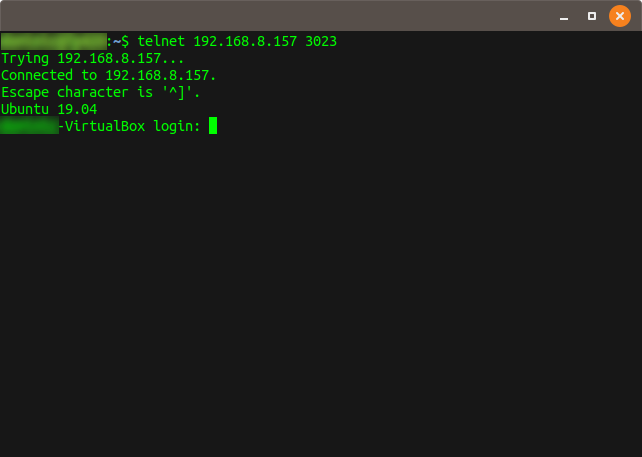
$ VBoxManage createvdi -filename ~/VirtualBox VMs/testvm/testvm-disk01.vdi -size 10000Īdd an IDE controller to the VM. Without this option, VDI image format will be used by default. Optionally, you can specify disk image format by using -format option. $ VBoxManage modifyvm "testvm" -memory 1024 -acpi on -boot1 dvd -nic1 bridged -bridgeadapter1 eth0 -ostype UbuntuĬreate a disk image (with size of 10000MB). Specify the hardware configurations of the VM (e.g., Ubuntu OS type, 1024MB memory, bridged networking, DVD booting). $ VBoxManage createvm -name "testvm" -register The name of the VM is testvm in this example. I assume that the VirtualBox' VM directory is located in ~/VirtualBox VMs.įirst create a VM. 0: Oracle VM VirtualBox Extension Packĭescription: USB 2.0 Host Controller, VirtualBox RDP, PXE ROM with E1000 support.Ĭreate a VirtualBox VM From the Command Line Verify that the Extension Pack is successfully installed, by using the following command. To download and install VirtualBox Extension Pack: $ wget The Extension Pack is needed to run a VRDE remote desktop server used to access headless VMs. Prerequisite for starting VirtualBox VM without GUIįirst, you need to install VirtualBox Extension Pack. In this tutorial, I will show you how to create and start a VM without VirtualBox GUI.

In fact, VirtualBox comes with a suite of command line utilities, and you can use the VirtualBox command line interfaces (CLIs) to manage VMs on a remote headless server. Then how can you create and run VMs on such a host machine without VirtualBox GUI? This can be a common situation for servers where VMs are managed from remotely. However, a host machine does not support X11 environment, or you only have access to a terminal on a remote host machine. Suppose you want to create and run virtual machines (VMs) on VirtualBox. How to create and start VirtualBox VM without GUI


 0 kommentar(er)
0 kommentar(er)
